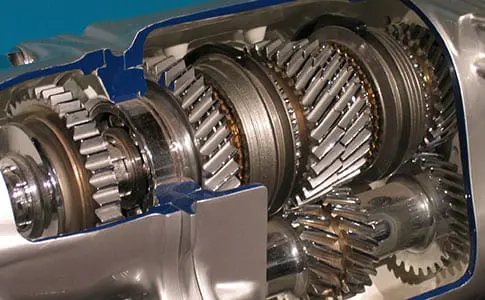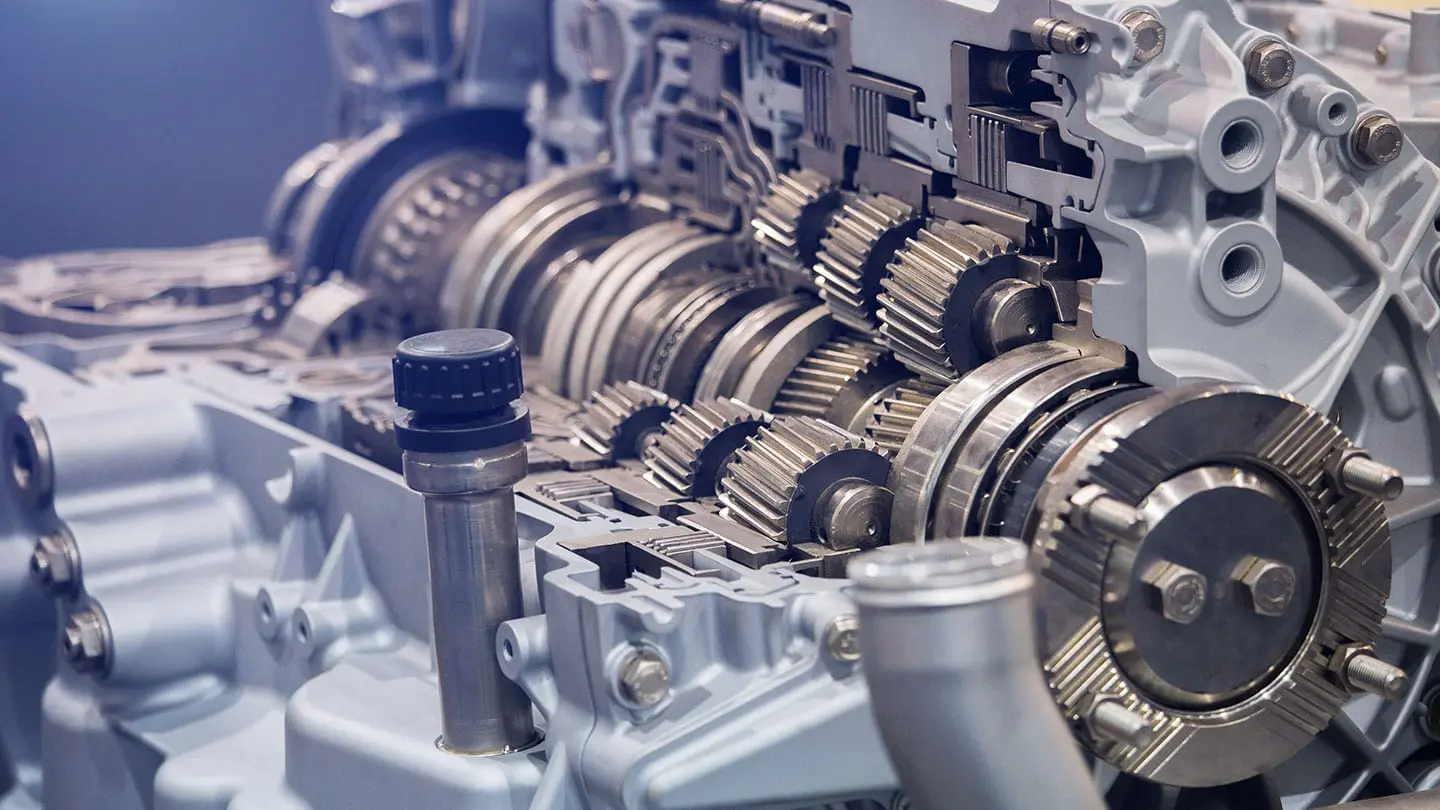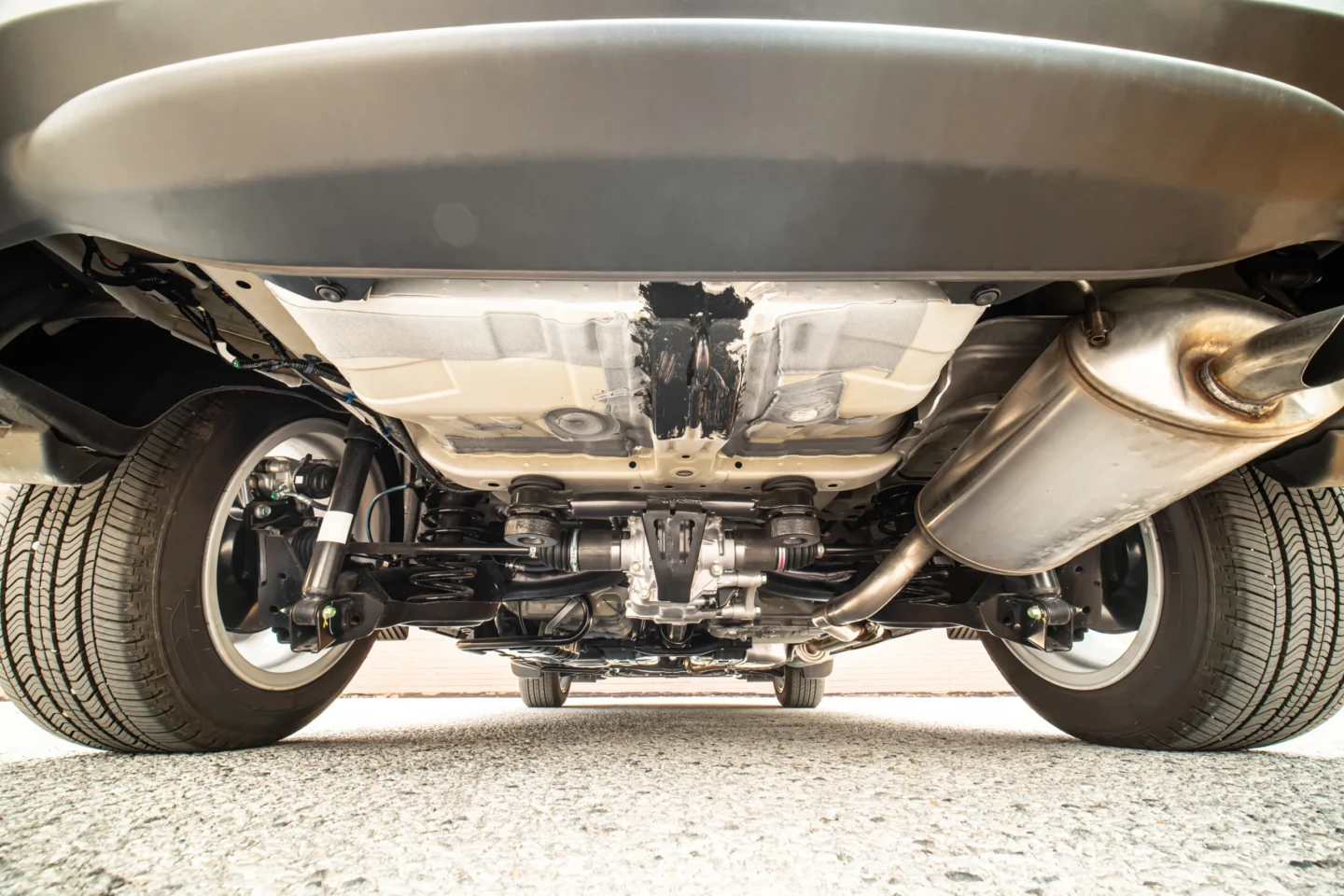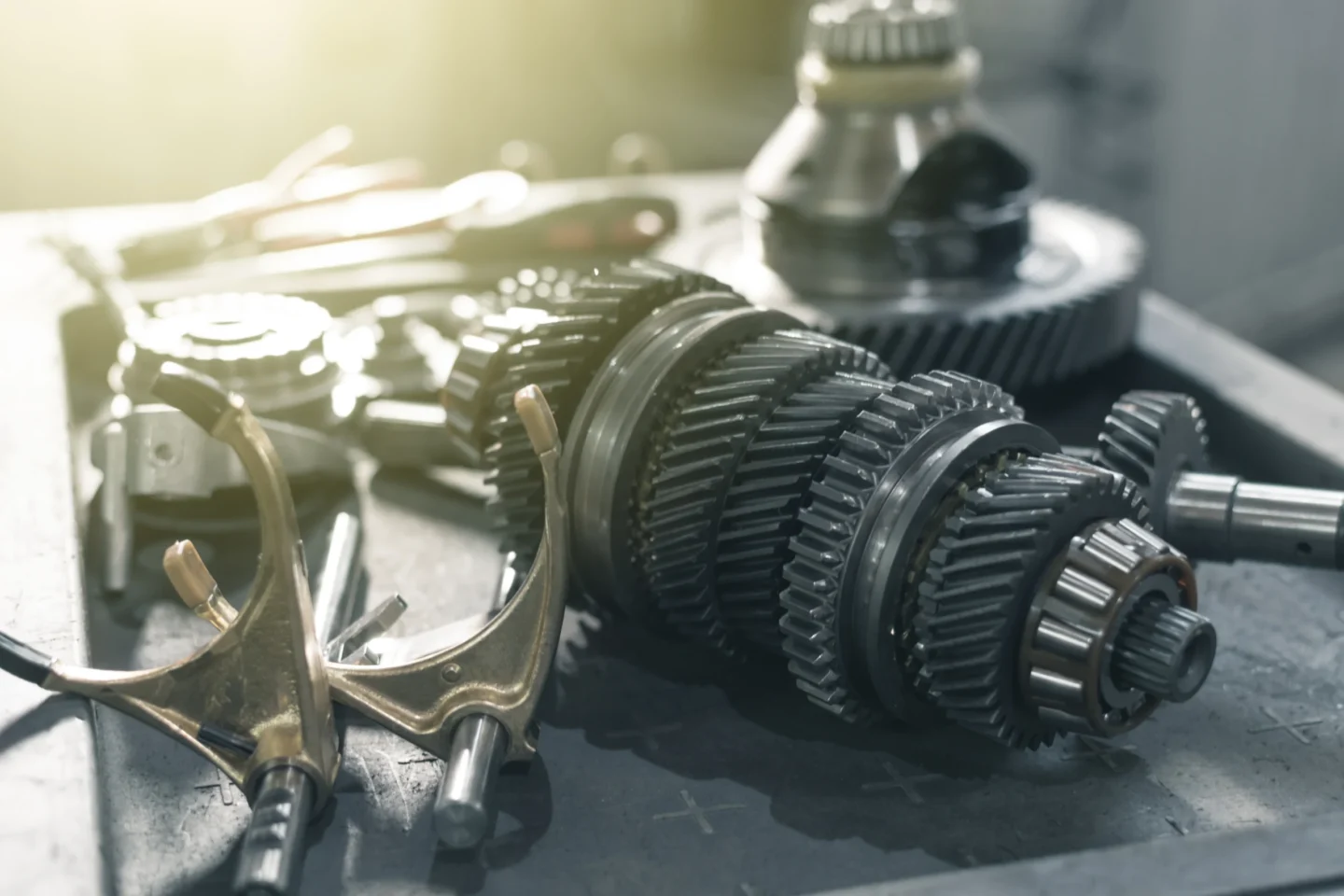What Are The Differences Between Manual and Automatic Transmissions?
Not all transmissions are made equal. Sure, different manufacturers use different processes, but that’s not what we’re talking about—we’re talking about the differences between automatic transmission and manual transmission.
We all know the biggest difference between the two types of transmissions—the shifting process—however, there are other differences that impact performance, cost, maintenance and more. If you’re having trouble deciding between a car with a manual transmission and one with an automatic transmission, we’re here to help explain some of the differences.

Operation
Firstly, and most obviously, a manual transmission differs from an automatic in that you need to manually operate it. This means pushing the clutch pedal down to release the clutch disc before shifting.
Fluid
Another difference between manual and automatic transmissions is the fluid used for them. While automatic transmissions use automatic transmission fluid as a coolant, most manual transmissions use a combination of engine oil and other fluids. Because of this, the cost of replacing the fluid in a manual transmission is generally about half as much as it will cost to replace the fluid in an automatic.
Maintenance
In many cases, an automatic transmission will require less maintenance than a manual transmission because there is less user error involved. If you have a problem shifting improperly—which can cause damage or unnecessary wear—you may be better off opting for an automatic.
Cost of Replacement
One of the biggest differences between manual and automatic transmissions is the fact that manual transmissions are significantly cheaper to replace. This is especially true if you drive a luxury vehicle or one with a CVT transmission, a type of automatic transmission used in some newer vehicles.

Fuel Economy
If you live in a big city or have ever visited one, you know how bad traffic can be at peak hours. There are times when you can only drive for a few seconds in between stops, forcing you to shift constantly to keep your car in gear. With an automatic, the shifting is taken care of for you, which results in a smoother ride and, in many cases, better fuel economy.
Conversely, a manual can provide better fuel economy in optimal conditions if you shift properly. Of course, this won’t be the case at all times, but you can see that both types of transmissions perform well in certain conditions.
You can’t go wrong when it comes to choosing a transmission type, but it’s important to weigh your options and choose the one that works best for you. For more information, consult your local transmission experts at Marshall’s Transmission




